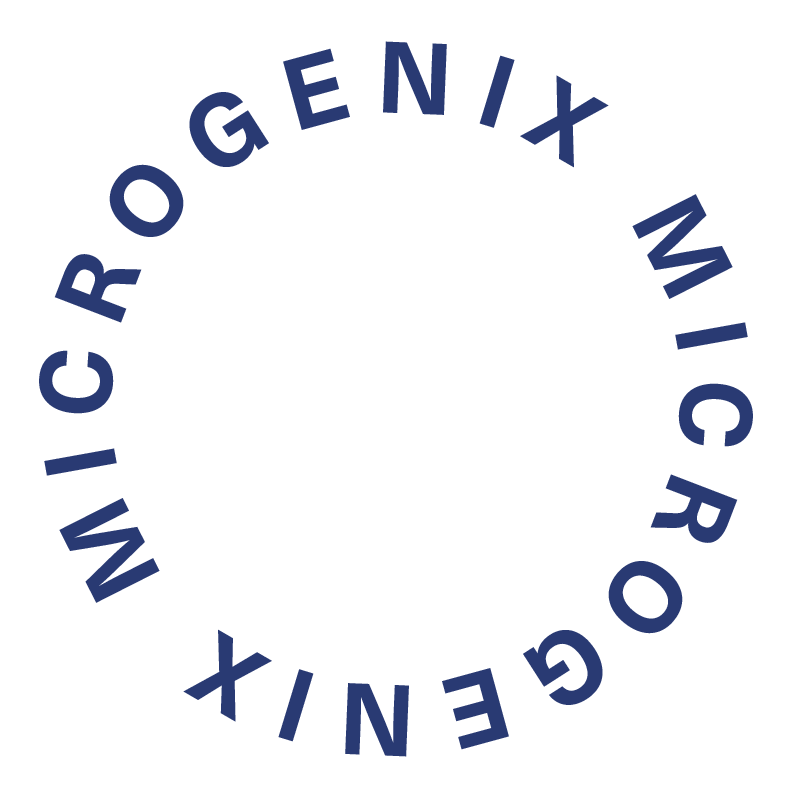Blog
Flow State: The Mind Unlocked
Can you remember a time when you felt so immersed in what you were doing that the distractions of the outside world fell silent? A time when the creative mind could flourish in an energized state of consciousness, naturally? If so, you may have slipped into a little something psychology calls ‘flow state.’
Define: Flow State
Flow state is a powerful state of mind described as a full-focus, energized state where a person is fully present and involved in the task they are doing.
Thought patterns that normally impede an activity or task, such as intrusive thoughts relating to oneself or the outside world, can begin to quiet in a flow state. Instead, all focus and attention is brought into said task.
When a flow state occurs time becomes irrelevant, as does internal judgment. By removing the worry of time passing or self-judgment, one can fully commit to a task without procrastination or an eagerness to stop.
Entering a state of flow can benefit psychological well-being for its meditative characteristics, while making tasks easier to achieve and more enjoyable.
How to Flow
Now knowing the definition, it’s fair to be wondering how we can channel our optimal flow state on demand. Although flow state in itself can be simple, getting in tune with our own can be a bit more complicated.
Entering a flow state is often unintentional, which is why you’ve likely experienced it a handful of times in life already. This state is most easy to induce within more leisurely tasks such as reading, sports, cooking, gardening, and other hobbies. Why? It is easier to get in the zone of something we naturally enjoy. Once we get in the groove of understanding what triggers our natural flow state, we can then practice integrating certain flow triggers in the more mundane tasks of life such as cleaning, studying or work.
During flow state levels of dopamine increase – a neurotransmitter connected to feelings of pleasure, motivation, and reward. An increase in dopamine levels alone can greatly enhance focus, which is why adjusting lackluster tasks to be a bit more enjoyable can allot higher chances of flowing. Little things like creating a warm, pleasant work space or adding ambient music to the room can make a prevalent impact on our willingness to commit to our goal.
Flow state tends to occur around the 15-20 minute mark of committing to a task or activity with no distractions, and the flow length can vary from person to person. In order to mitigate unwanted distractions, you should have a goal in mind relating to your chosen task that is meaningful to you. Once a goal has been specified in the mind, the object is to not let anything distract you from obtaining that goal. Common distractions like phone notifications, stress, and the presence of others can hinder the focus necessary to channel a deeper flow state.
Flow states are most achievable when energy is at peak, assisting in motivation and drive. Most will find energy is at peak first thing in the morning, meanwhile others find focus is boosted at night when most of the world is winding down.
Completely discarding life stressors, the people who live with us and our phones is much easier said than done. However, there are little tricks you might find helpful to optimize your flow state path…
- Headphones/earplugs for sound cancellation
- Lofi beats/Binaural beats for focus and/or sound cancellation
- 5-minute meditation for stress relief before and after task or activity
- Mindful practices
- Put phone on “do not disturb” for 1-2 hours
- Do some mushrooms
Wait, what’s that last one about?
Psilocybin Use for Deeper Flow State
Microdosing didn’t become a Silicon Valley “productivity hack” for no reason. For years in the making, microdosing psychedelics has become a fan favorite alternative to prescription focus drugs such as Adderall or Ritalin. As more and more individuals search for a way to kickstart their productivity at work, microdosing psilocybin has proven itself as a relevant player in the game of hyperfocus, but with the bonus of being all natural.
The whole idea behind microdosing is that the effects remain sub-perceptual, meaning it is a low enough dose that neither you nor the people around you can foresee a difference in general demeanor. The subliminal effects are present enough though to generate a positive impact on mood and focus as you go about your regular day.
Although the evidence around improved focus as a result of microdosing remains anecdotal, the three most highly reported effects by individuals who have microdosed are: improved mood, enhanced creativity, and increased focus.
Because we can only stretch so far with fact based findings relating to microdosing’s impact on focus, we can speculate that the accumulation of psilocybin’s positive effects – elevated mood, increased dopamine and serotonin levels, enhanced creativity – may surge a substantial impact on our ability to enter our own unique flow state.
Another common aspect of microdosing is feelings of ego dissolution which is a result of expanded awareness and presence. Temporary ego dissolution can aid in a deepened flow state, as the internal judgment that normally distracts us from achieving this state may quiet down when dissolution occurs.
Flow state = happy state, with the idea that flowing through your tasks is accompanied by feeling content and energized in the work you are doing. Improving the quality of one’s mental health and mitigating unwarranted stress allows us to flow through many areas of life more seamlessly, which is why the most common effect of microdosing is that it may allow more frequent flow states – an outcome of a clearer, more sound mind.
Flow on the Daily
Raising our vibrations and tuning into our natural flow might be a bit different than the hyper focused flow state we speak of, but it’s a highly beneficial practice that can directly impact our pleasure in life as well as our productivity levels.
Life is full of distractions, which is why becoming familiar with mindfulness techniques, such as journaling and meditation, can offer a magnitude of benefits for becoming more present and allowing the mind to quiet down when necessary. When we view the characteristics of a flow state to flowing through regular life, we can essentially conclude that the triggers are the same.
Obstacles such as negative implicit bias, excessive screen time, mindless distractions, and daily stressors all challenge mindfulness, causing a difficulty to flow properly. Integrating new techniques and more mindful hobbies can help us induce flow states more easily as stress is lowered. Figuring out which areas cause you the most distraction without benefit is a good place to begin if flowing more is a potential goal of yours.
Conclusion
Overall, entering a flow state is a very empowering process and it is effective in itself to know that it exists.
Consider it a powerful reminder of how important mindfulness can be in daily life. Work, relationships, mental health, self esteem, and so much more can be enhanced by giving new things a try, allowing positive energy to flow throughout.
Have you experienced flow state?
Reach out to olive@microgenix.net where your flow stories are eagerly appreciated.
Yours truly,
Olive




